How Do I Survive In the Wilderness?
Wilderness Survival
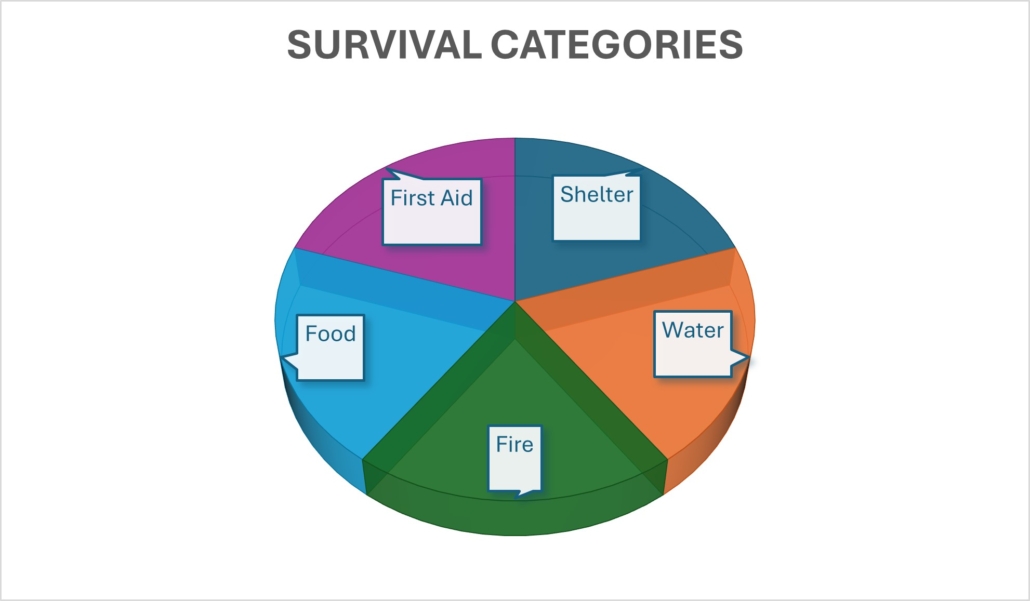
- Shelter: Protecting yourself from the elements, whether it’s building a shelter from natural materials, using a tent, or finding refuge in a cave or under dense foliage.
- Water: Access to clean water is essential for hydration and can prevent dehydration and other health issues. Knowing how to find, purify, and conserve water is vital for survival in the wilderness.
- Fire: Fire provides warmth, light, and a means of cooking food.. Being able to start and maintain a fire can help you stay warm, signal for help, and purify water.
- Food: While food is not as immediately critical as shelter, water, and fire, knowing how to forage for edible plants, hunt, or fish can provide sustenance and energy in survival situations.
- First Aid: Being able to assess and treat injuries and illnesses is crucial for survival, especially in remote environments where medical help may be limited. Basic first aid skills can help you manage emergencies and prevent minor injuries from becoming life-threatening.
Survival Skills for Outdoor Adventures: Tips for Navigating the Wilderness
Exploring the wilderness can be an exhilarating experience, but it also comes with inherent challenges and risks. Whether you’re hiking, camping, or backpacking, learning survival skills is important for navigating the wilderness safely and confidently. In this article, we’ll discuss important survival skills and practical tips to help you navigate the wilderness like a seasoned outdoor enthusiast.
1. Navigation Basics:
One of the most fundamental survival skills for outdoor adventures is navigation. Being able to read maps, use a compass, and navigate with natural landmarks can help you find your way even in unfamiliar terrain. Here are some key navigation tips:
- Familiarize yourself with topographic maps and learn how to interpret contour lines, symbols, and scale.
- Practice using a compass to determine direction and orient yourself to your surroundings.
- Learn to identify natural landmarks such as mountains, rivers, and rock formations to help navigate without relying solely on maps and compasses.
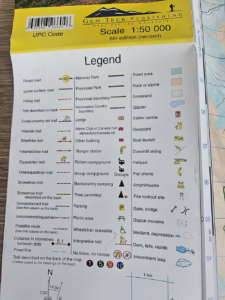
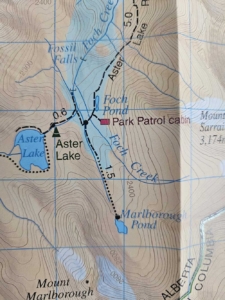
2. Shelter Building:
In emergency situations, having the skills to build a shelter can mean the difference between safety and exposure to the elements. Here are some shelter-building tips:
- Look for natural shelters such as caves, rock overhangs, or dense foliage for immediate protection.
- If natural shelters are unavailable, learn basic shelter-building techniques using materials such as branches, leaves, and tarps.
- Prioritize shelter construction to protect yourself from wind, rain, and extreme temperatures, especially during inclement weather.
3. Fire Starting:
Fire provides warmth, light, and a means of cooking food in the wilderness. Mastering fire-starting techniques is essential for survival. Here’s how to start a fire in the wilderness:
- Gather dry tinder, kindling, and fuelwood to create a fire lay.
- Use fire-starting tools such as matches, lighters, or fire starters to ignite the tinder.
- Practice alternative fire-starting methods such as friction fire techniques using a bow drill or fire plow in case you don’t have access to modern fire-starting tools.
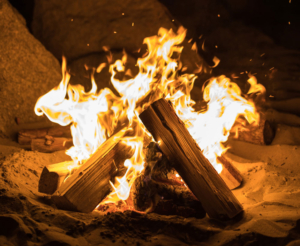
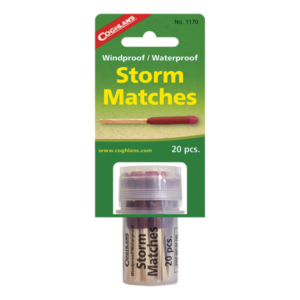
4. Water Procurement: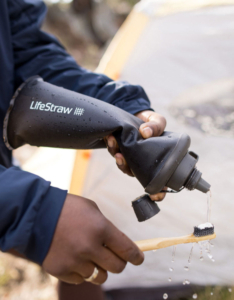
Access to clean water is essential for survival in the wilderness. Knowing how to find, purify, and conserve water can help you stay hydrated and healthy. Here are some water procurement tips:
- Learn to identify natural water sources such as streams, rivers, and lakes, but always treat water from these sources to remove contaminants.
- Carry a portable water filter, purification tablets, or a small pot for boiling water to make it safe for drinking.
- Conserve water by minimizing sweating, urinating, and cooking with excess water, and by using water-saving techniques such as collecting dew or rainwater.
5. Food Foraging:
While it’s essential to carry an adequate supply of food for outdoor adventures, knowing how to forage for wild edibles can supplement your diet and provide additional sustenance in survival situations. Here are some food foraging tips:
- Learn to identify edible wild plants, berries, nuts, and mushrooms native to your region, but exercise caution and avoid consuming anything you’re not certain is safe.
- Harvest wild edibles sustainably and responsibly, taking only what you need and leaving the rest for wildlife and future foragers.
- Supplement your foraged food with high-energy snacks such as trail mix, energy bars, and jerky to maintain energy levels during outdoor activities.
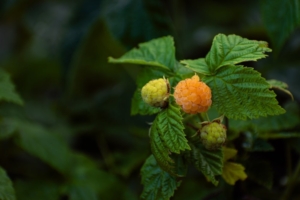
6. First Aid Skills:
Accidents and injuries can happen during outdoor adventures, so having basic first aid skills can be a lifesaver. Here are some essential first aid skills to learn:
- Learn how to assess and treat common outdoor injuries such as cuts, scrapes, burns, sprains, and insect bites.
- Carry a well-stocked first aid kit containing essential supplies for treating injuries and illnesses in the wilderness.
- Take a wilderness first aid course to gain hands-on training and practice in managing medical emergencies in remote environments.
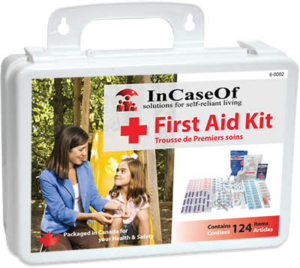
Conclusion:
By honing these essential survival skills and incorporating them into your outdoor adventures, you can navigate the wilderness with confidence and resilience. Remember to practice these skills regularly, stay informed about your surroundings, and always prioritize safety and preparedness when venturing into the great outdoors. With the right knowledge and skills, you’ll be well-equipped to handle whatever challenges nature throws your way.



